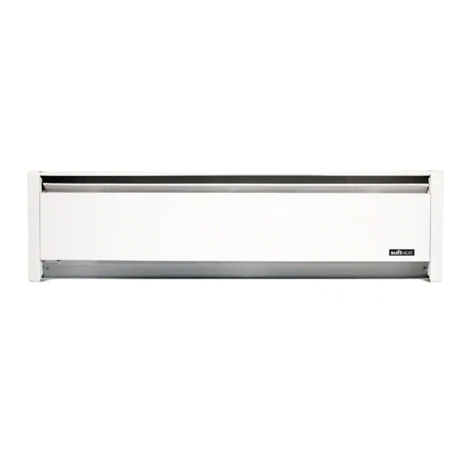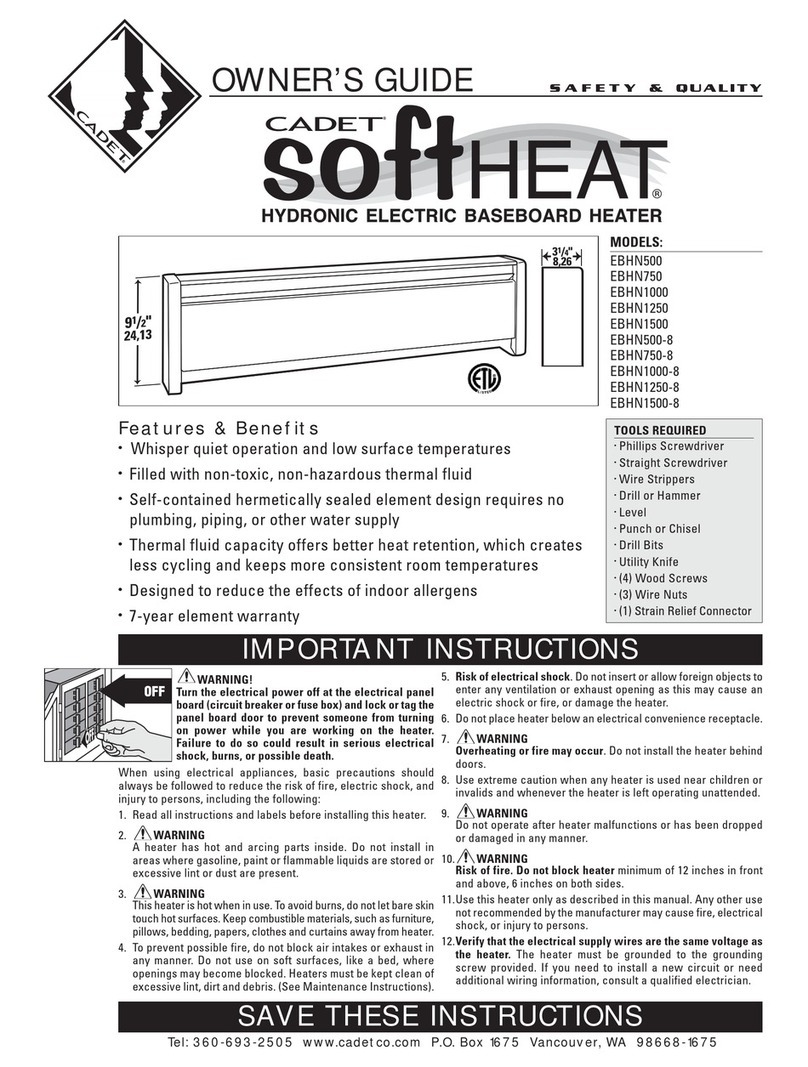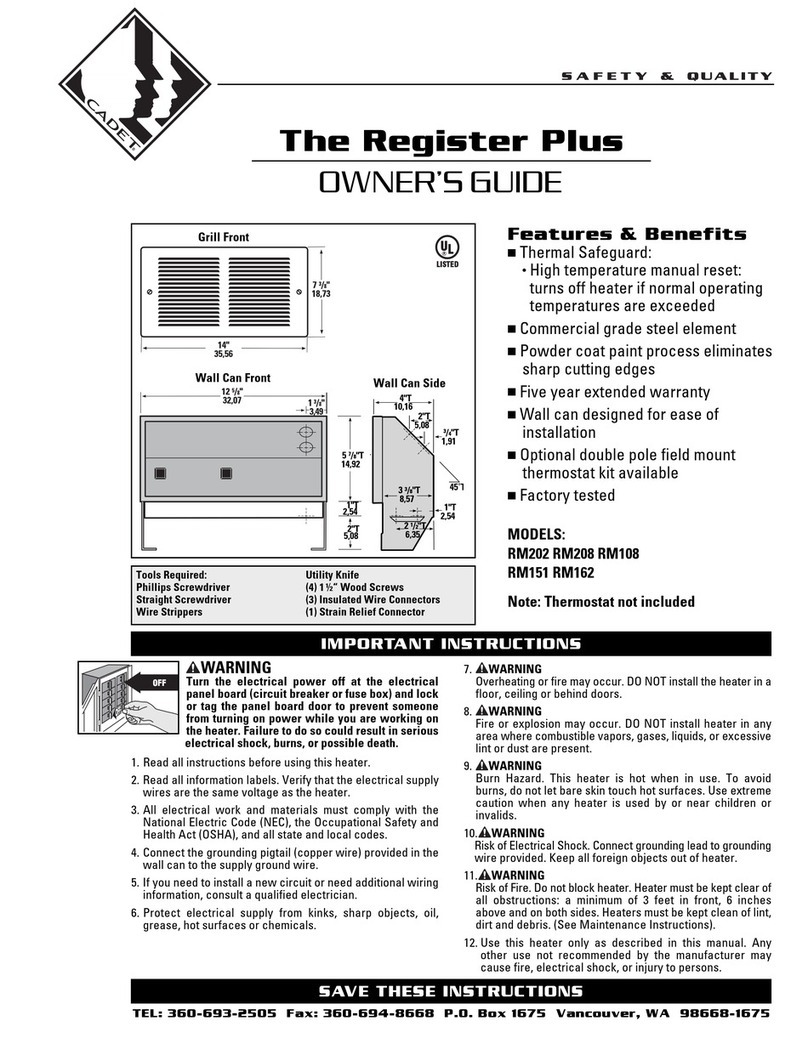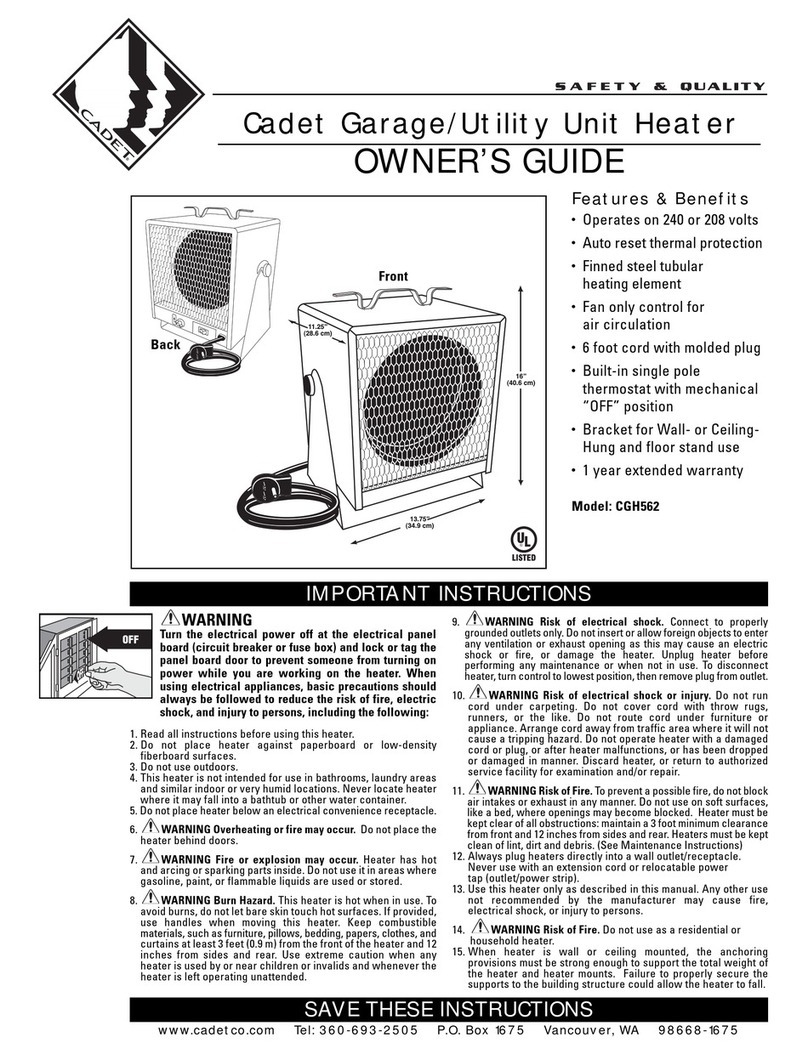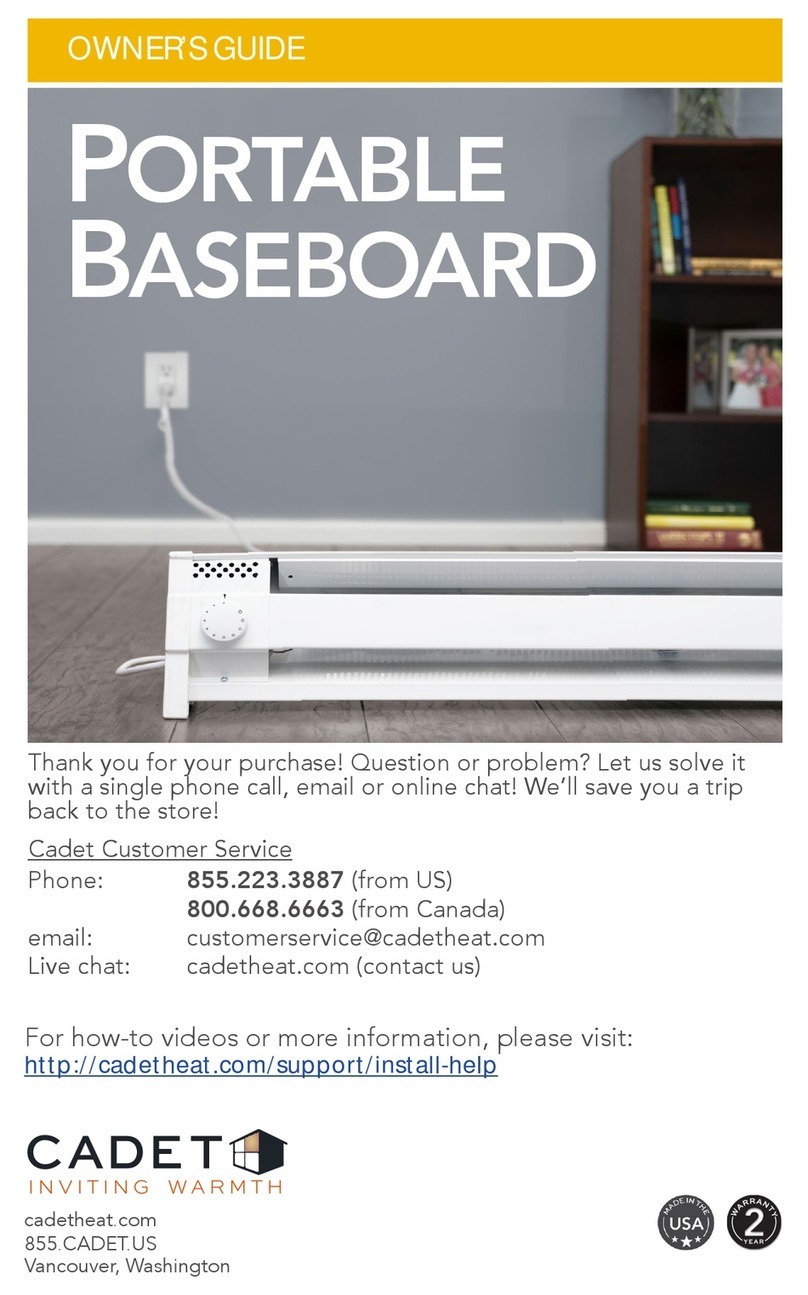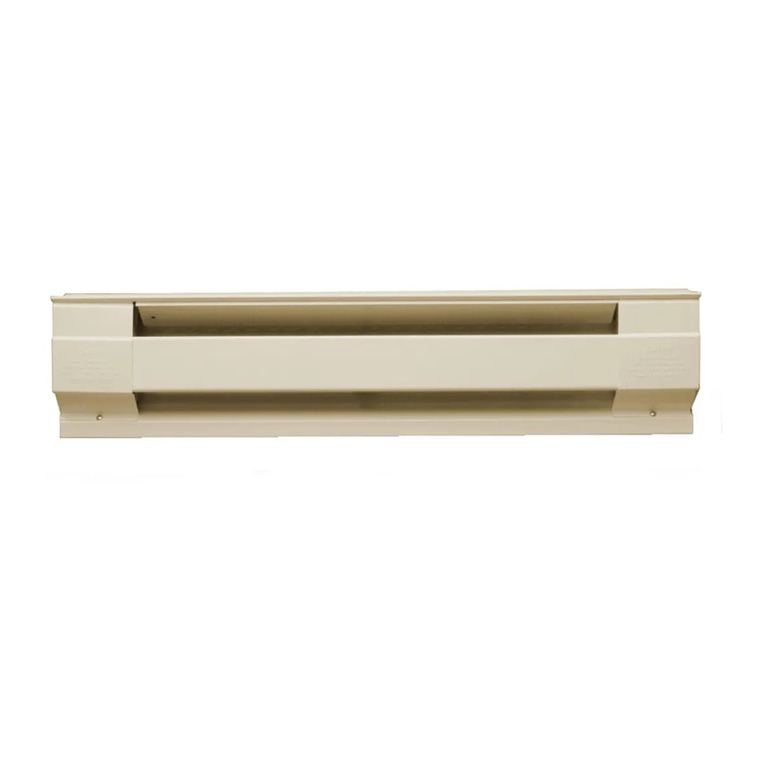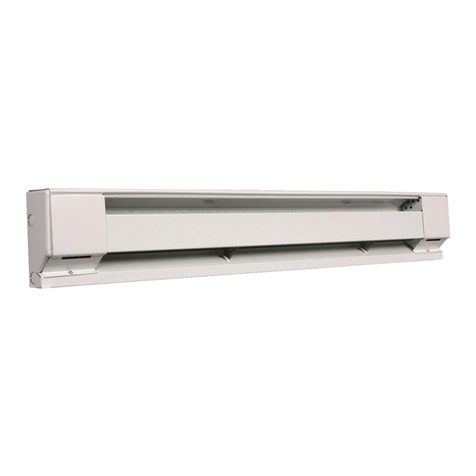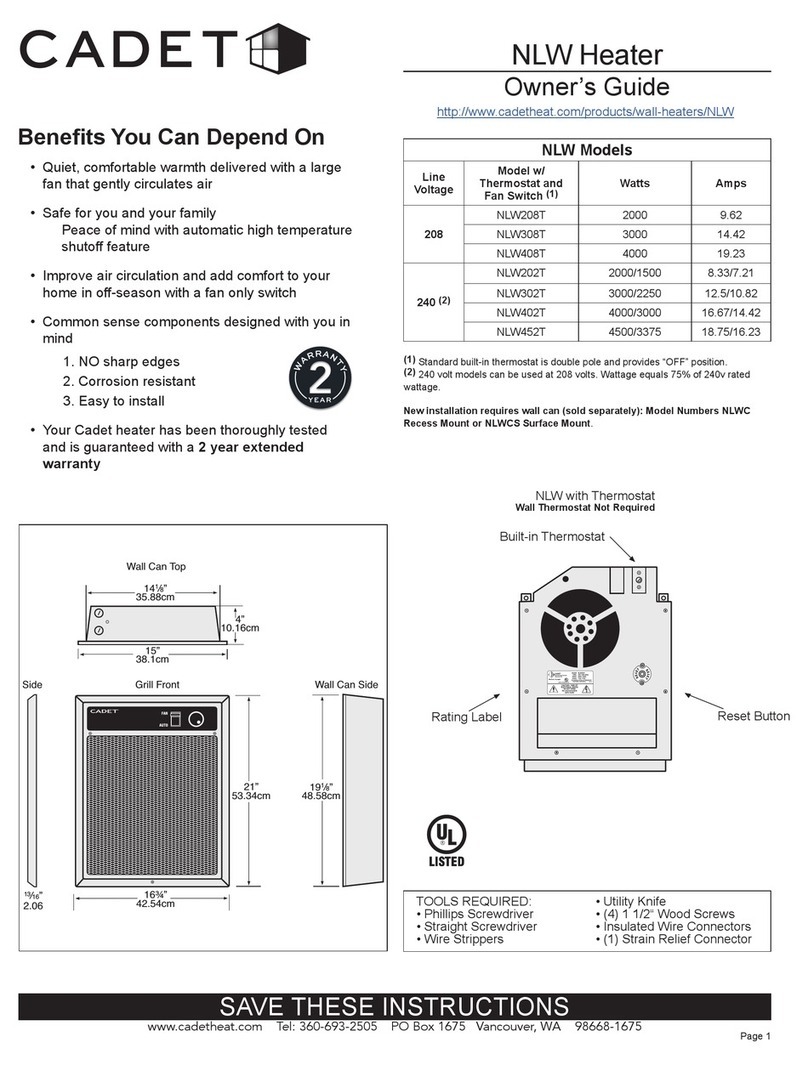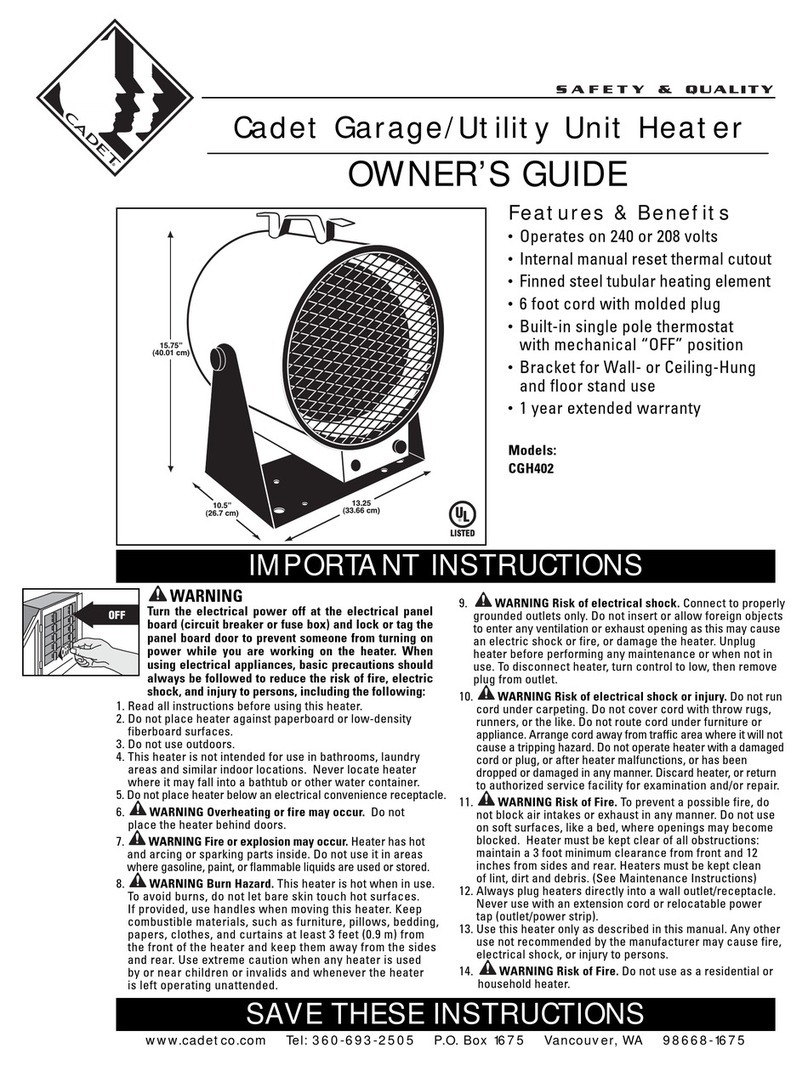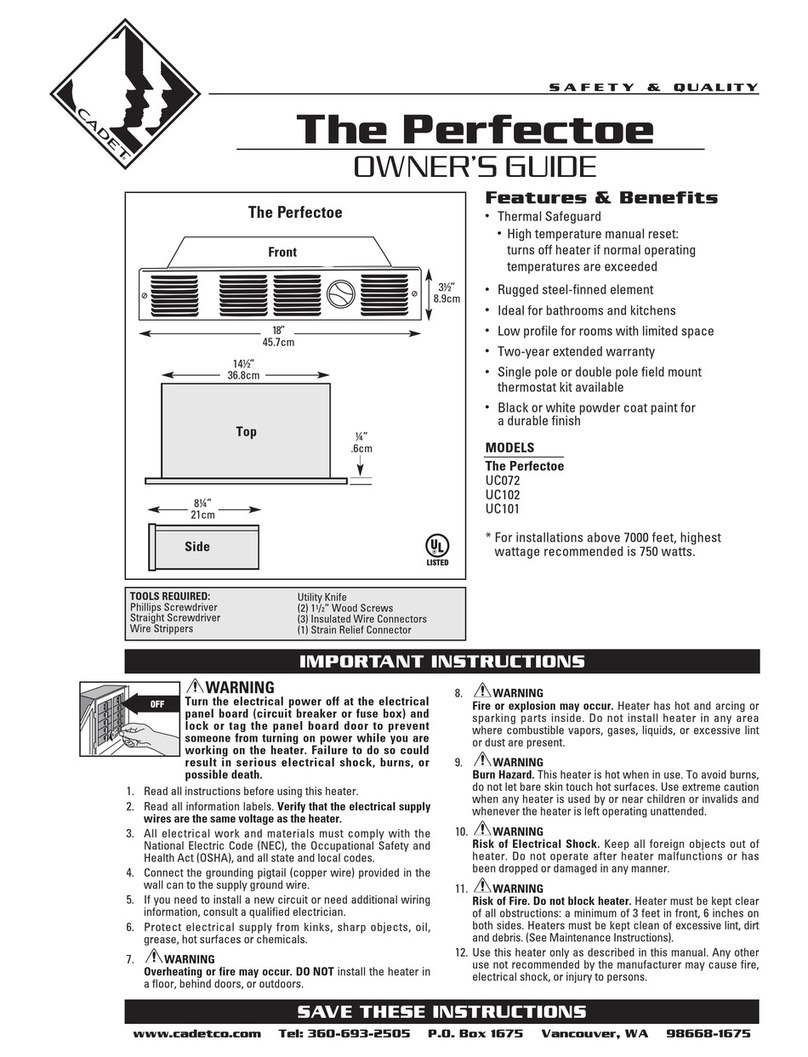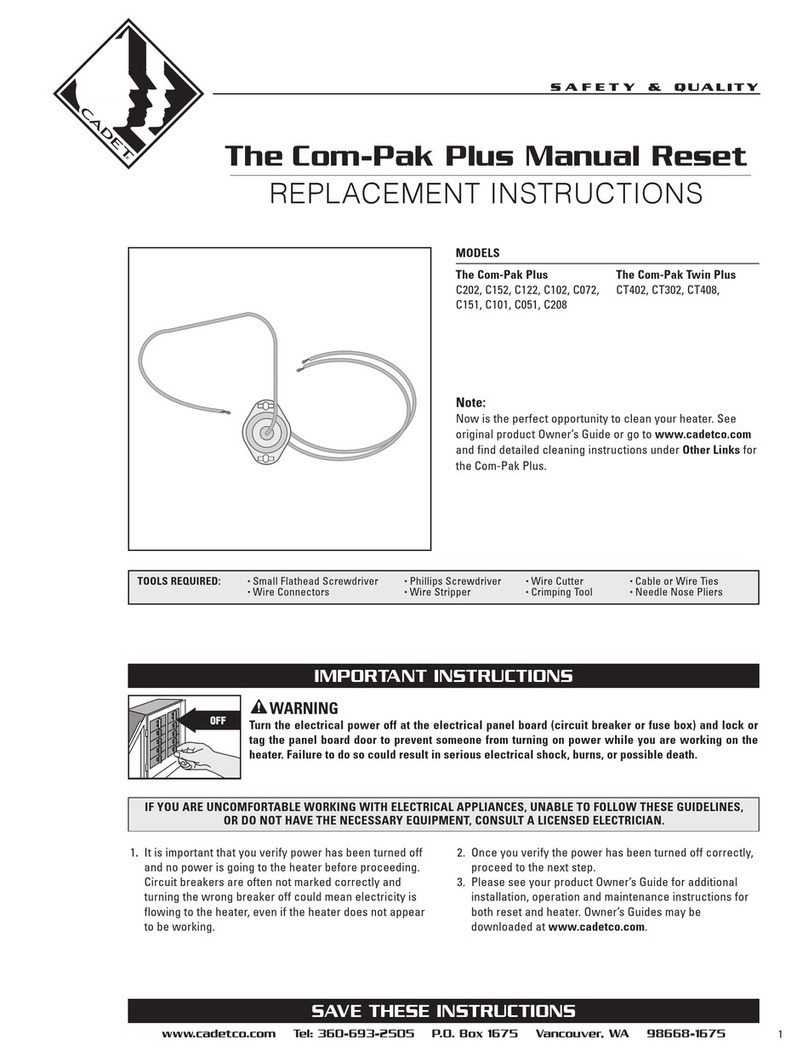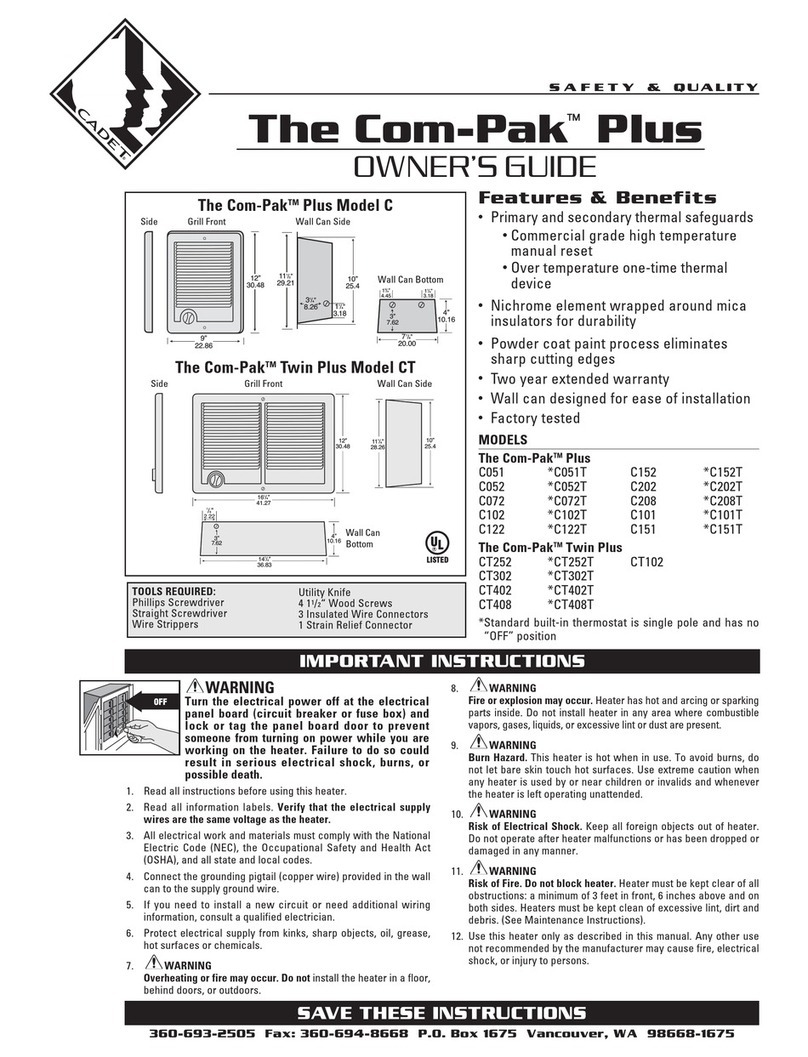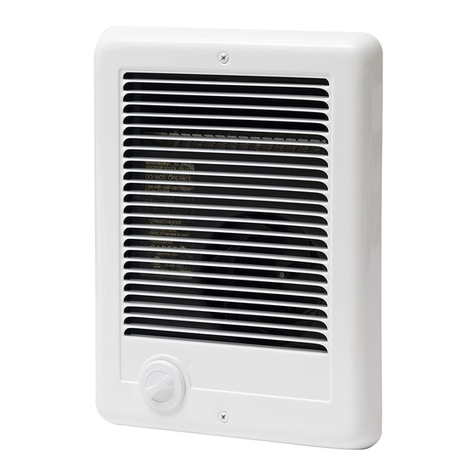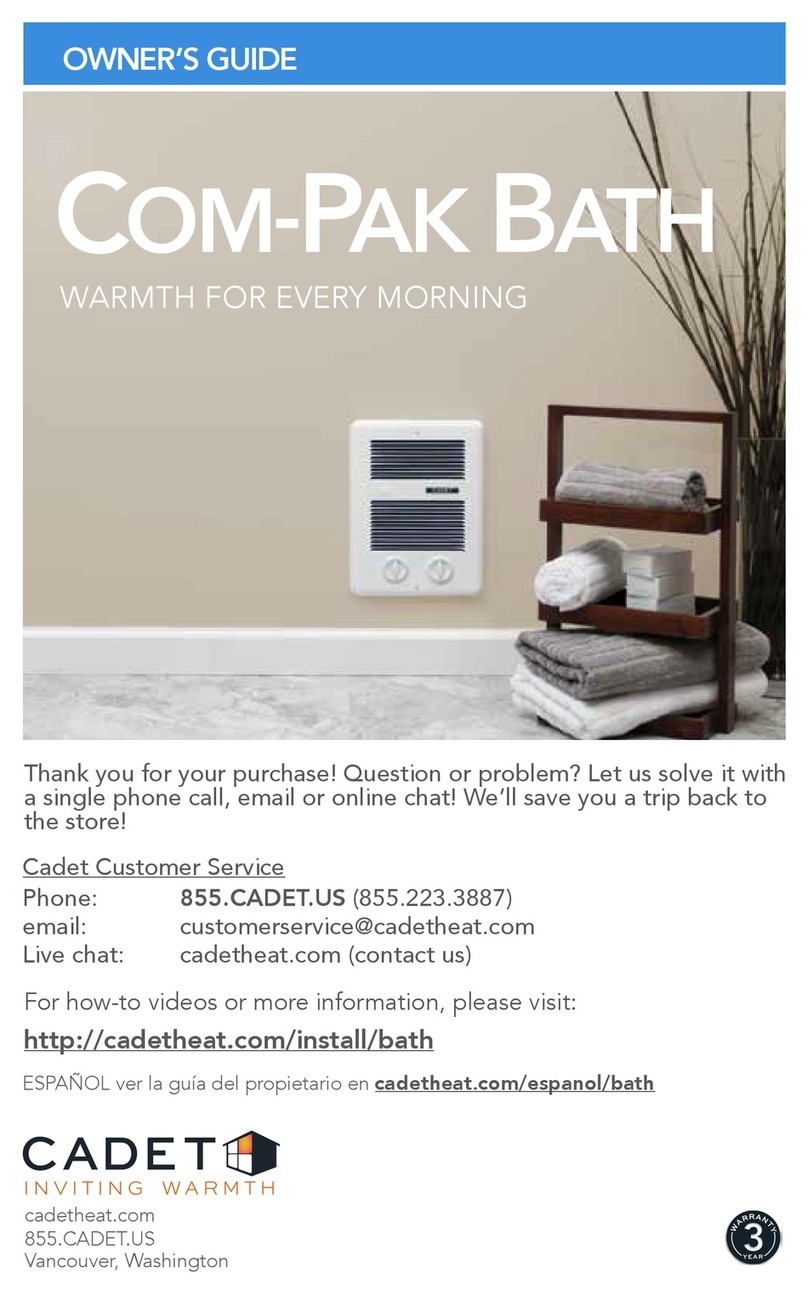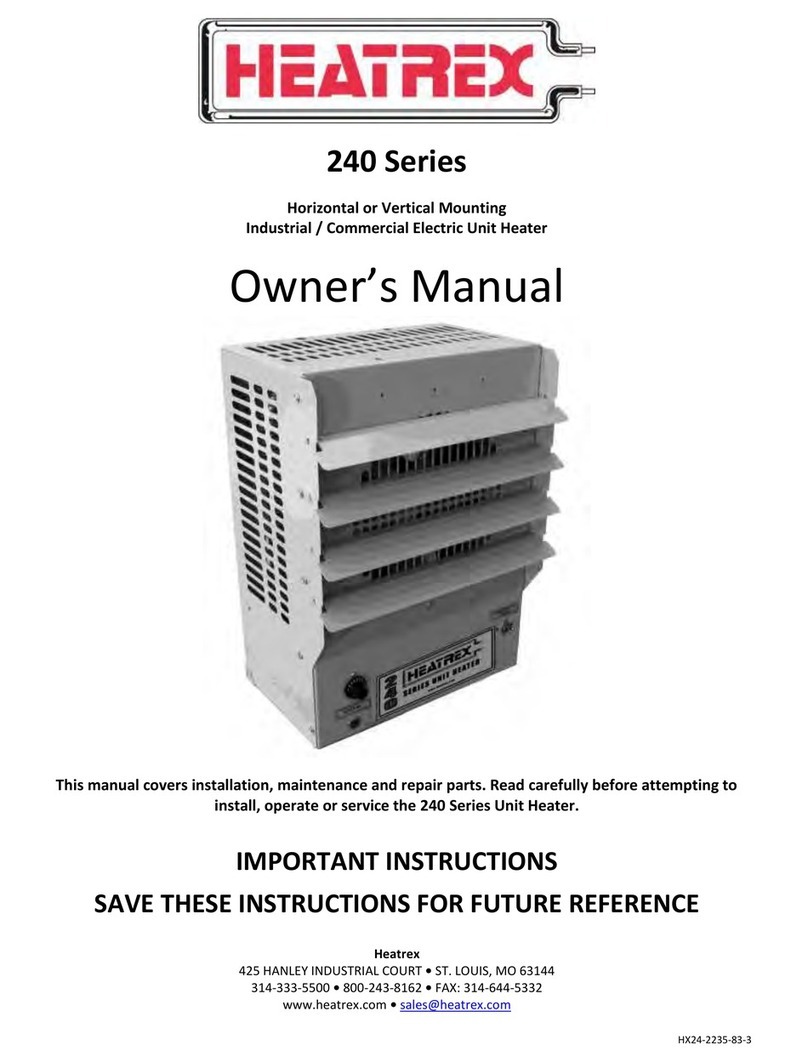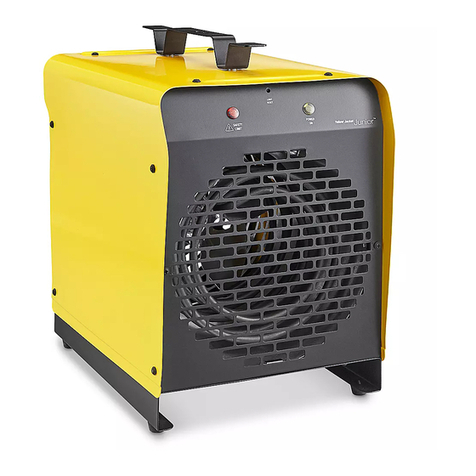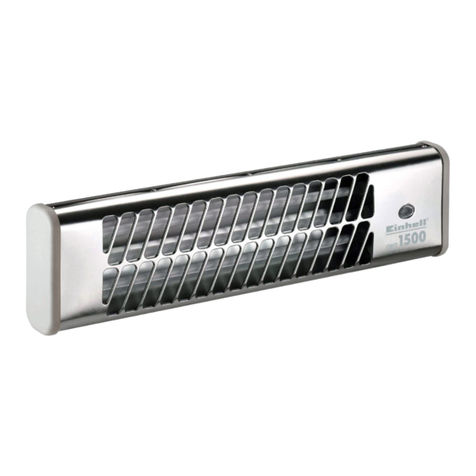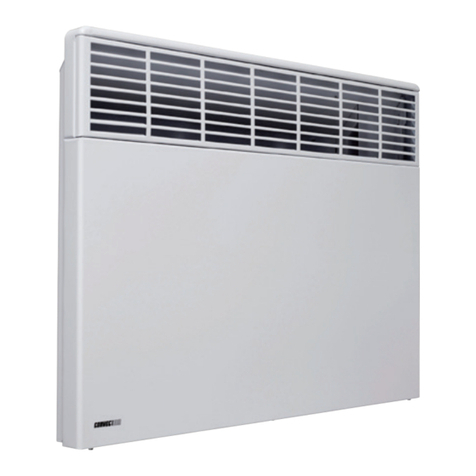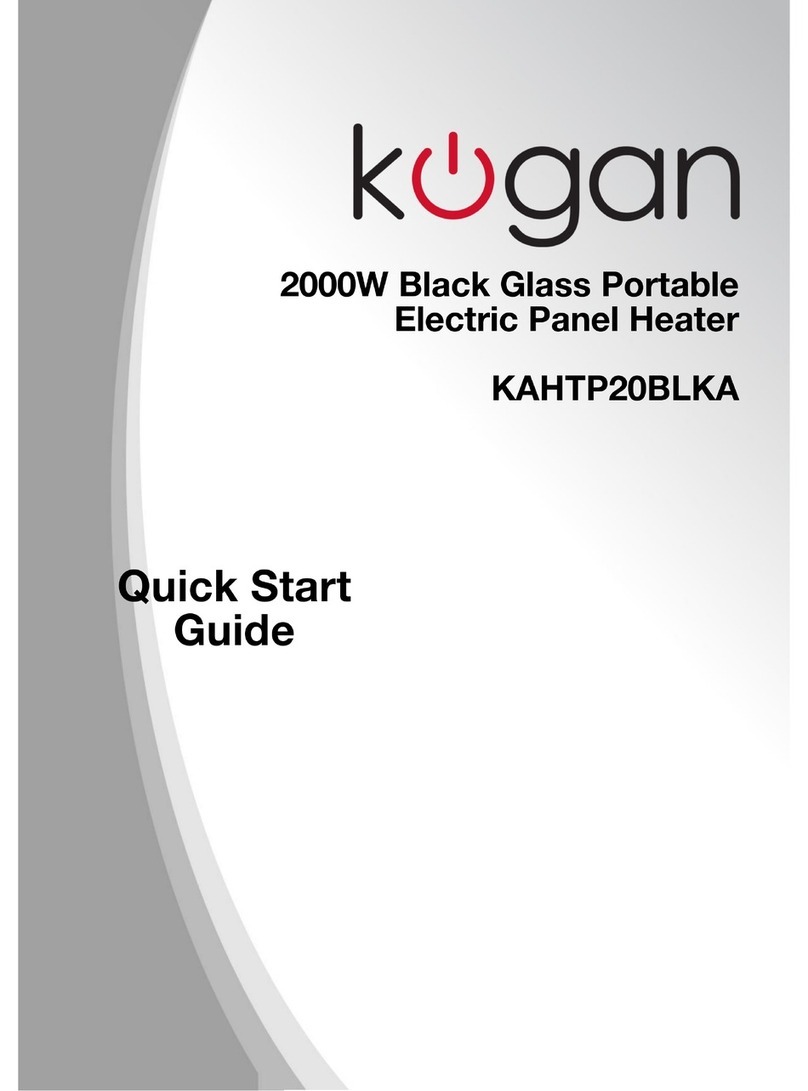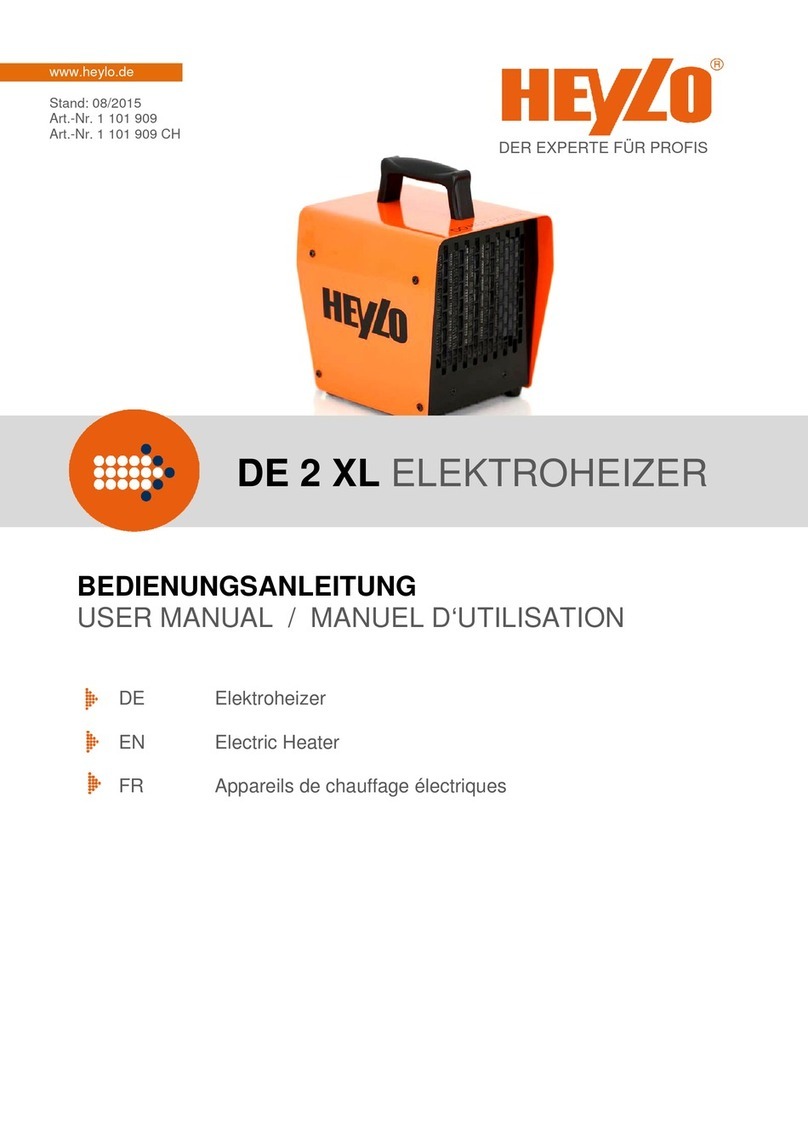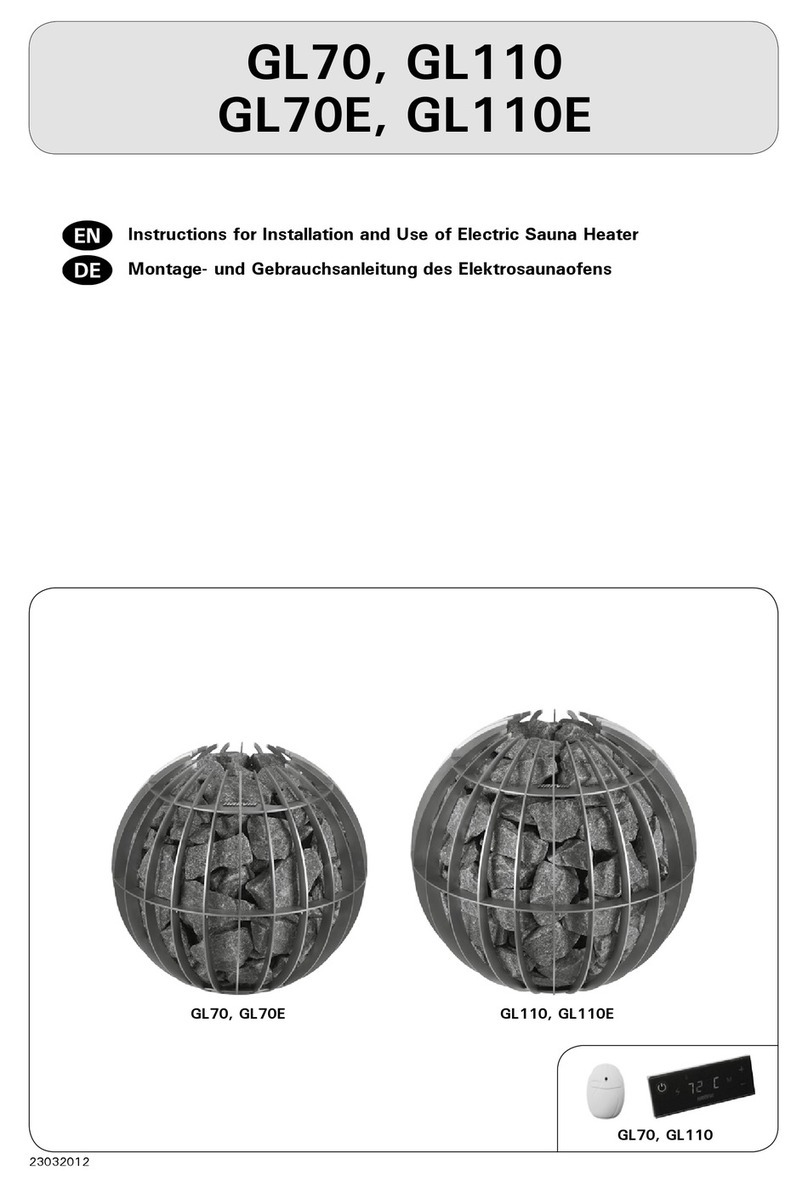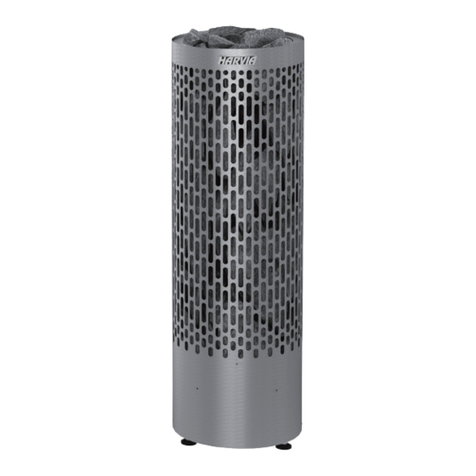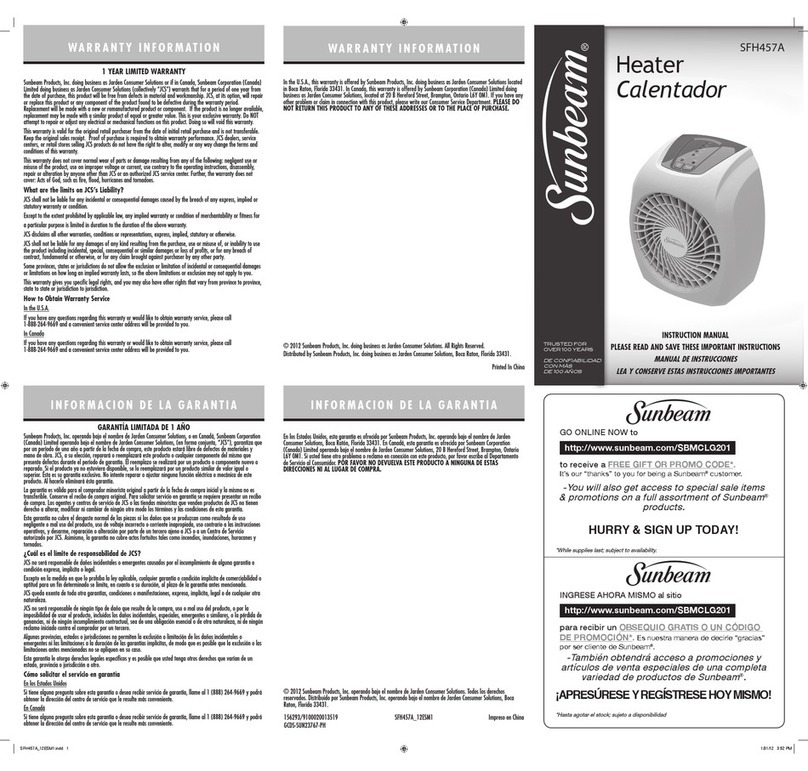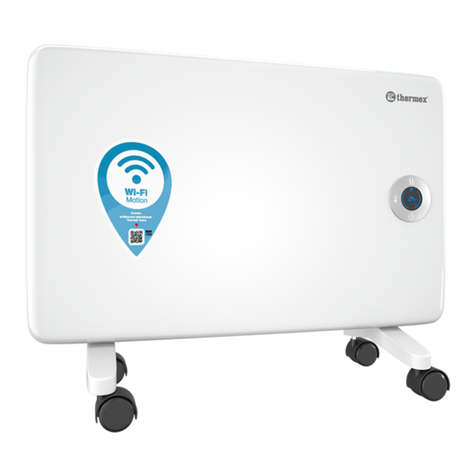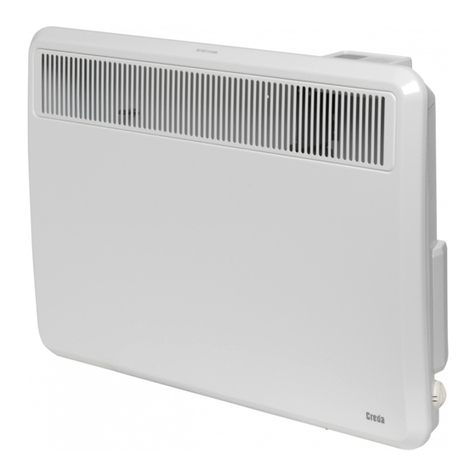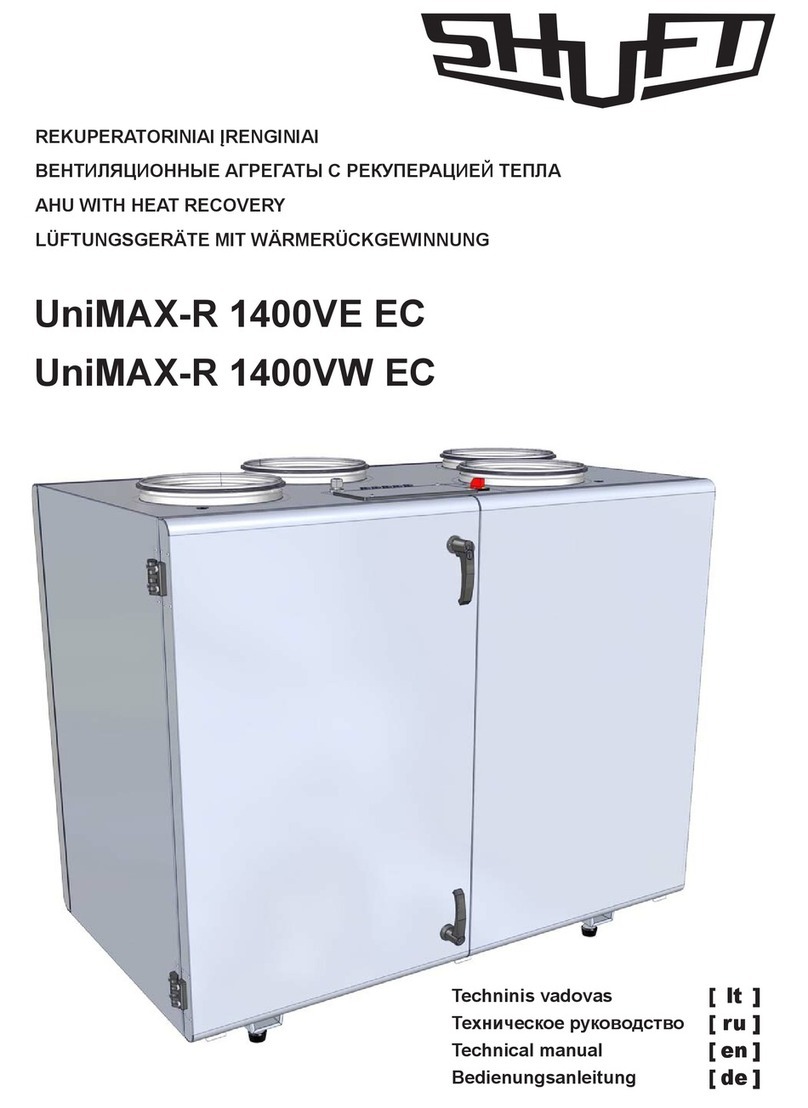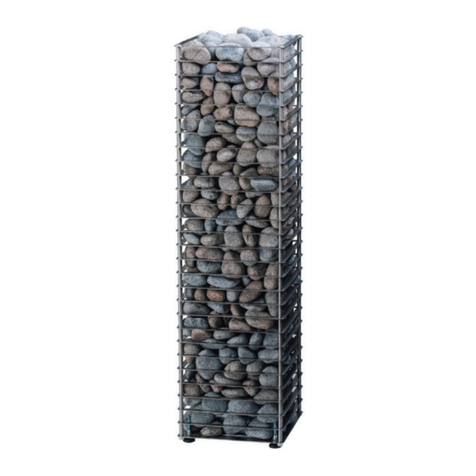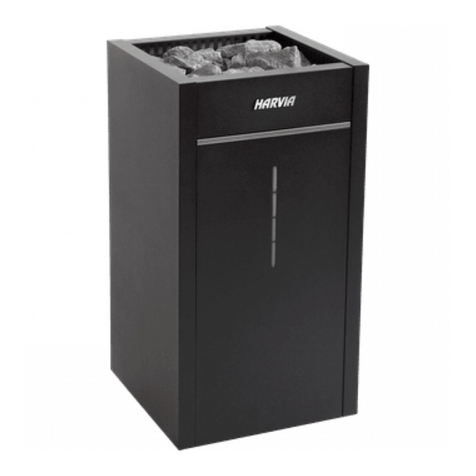Garantía
CONSULTAR CON LOS CÓDIGOS DE ELECTRICIDAD LOCALES PARA DETERMINAR QUE PARTE DEL TRABAJO DEBE SER REALIZADA POR
PERSONAL DE SERVICIO ELÉCTRICO CALIFICADO.
Ruido como gorgoteo
El calentador no funciona
Líquido encontrado en el
interior o alrededor de la
unidad.
La habitación no se calienta
rápidamente
El calentador no se apaga
La unidad puede no estar nivelada
El calentador no recibe corriente
eléctrica.
El líquido de transferencia de calor
puede estar escapándose del
elemento.
La unidad tarda más en calentarse.
1. La pérdida de calor en la habitación
es superior a la capacidad del
calentador.
2. Termostato defectuoso.
3. Termostato cableado incorrecta-
mente hacia el calentador.
1. Verificar para asegurarse de que la unidad esté nivelada. Si el sonido no se
detiene dentro de un período de 30 minutos eso significa que la unidad nece-
sita el servicio de reparación. No la ponga en funcionamiento
1. Verifique el cable para asegurarse de que esté bien enchufado en el toma de
corriente.
1. Deje de utilizar inmediatamente
2. La unidad necesita ser reparada.
El entibiamiento inicial típico tarda de 30 a 60 minutos.
1. Cerrar las puertas y ventanas. Proporcionar aislamiento adicional, instalar un calenta-
dor de vatiaje más elevado o múltiples calentadores si fuera necesario.
2. Ajustar el termostato a la graduación más baja. Si el calentador continúa funcionando
(permita el transcurso de dos minutos para que el termostato responda), reemplace el
termostato.
3. Refiérase a la documentación del termostato y cableado correcto.
Síntoma Problema Solución
GUÍA DE RESOLUCIÓN DE PROBLEMAS
Información sobre la Garantía
Mantenimiento: Para un funcionamiento más seguro y para prolongar la vida del calentador, resulta necesario respetar las siguientes instrucciones
de mantenimiento que se incluyen con cada uno de los calentadores. No realizar el servicio de mantenimiento apropiado al calentador resultará en la
anulación de la garantía. Todas las garantías se otorgan solamente al consumidor original. Las instrucciones acerca de la garantía se encuentran
incluidas junto con cada calentador.
GARANTIA LIMITADA DE UN AÑO Cadet Manufacturing Co. reparará o reemplazará cualquier producto Cadet, incluyendo termostatos que se deter-
mine es defectuoso o está funcionando mal desde la fecha de compra original hasta el primer año.
Garantías extendidas para el Producto
Elementos de Plinto Radiante Serie E Cadet/ Softheat
GARANTIA LIMITADA DE CINCO AÑOS: Cadet Manufacturing Co. reparará o reemplazará cualquier elemento (E) de plinto radiante Cadet/Softheat ®
que se determine es defectuoso o está funcionando mal desde la fecha de compra original hasta el quinto año.
ESTAS GARANTíAS NO SON PERTINENTES:
1) Para condiciones que sean el resultado de la instalación inapropiada o del suministro incorrecto de voltaje;
2) Para condiciones que sean el resultado del mantenimiento inapropiado, mal uso, abuso, accidente o alteración
3) Para las llamadas de servicio o mano de obra que involucren el cambio de pieza(s) defectuosa(s)
4) Si no se puede determinar la fecha de fabricación
5) Para los productos dañados durante el flete.
CADET NO SERÁ RESPONSABLE DE LOS DAÑOS A LA PROPIEDAD Y/O GASTOS INCIDENTALES QUE RESULTEN DEL INCUMPLIMIENTO DE ESTAS
GARANTÍAS ESCRITAS O DE CUALQUIER GARANTIA IMPLICITA.
Estas garantías le otorgan derechos legales específicos y es posible que usted cuente con otros derechos que varían de acuerdo a cada estado.
Cadet no asume ni autoriza a nadie para que asuma de su parte ninguna otra obligación o responsabilidad contra terceros relacionada con estos
calentadores eléctricos o con cualquier parte de dichos calentadores.
Si el producto llegara a ser defectuoso durante el período de garantía, comunicarse con Cadet Manufacturing llamando al 360-693-2505 para obten-
er instrucciones acerca de como procesar la reparación o reemplazo. Los productos que se devuelvan sin autorización serán rechazados.
#720183 REV. D 06/04
